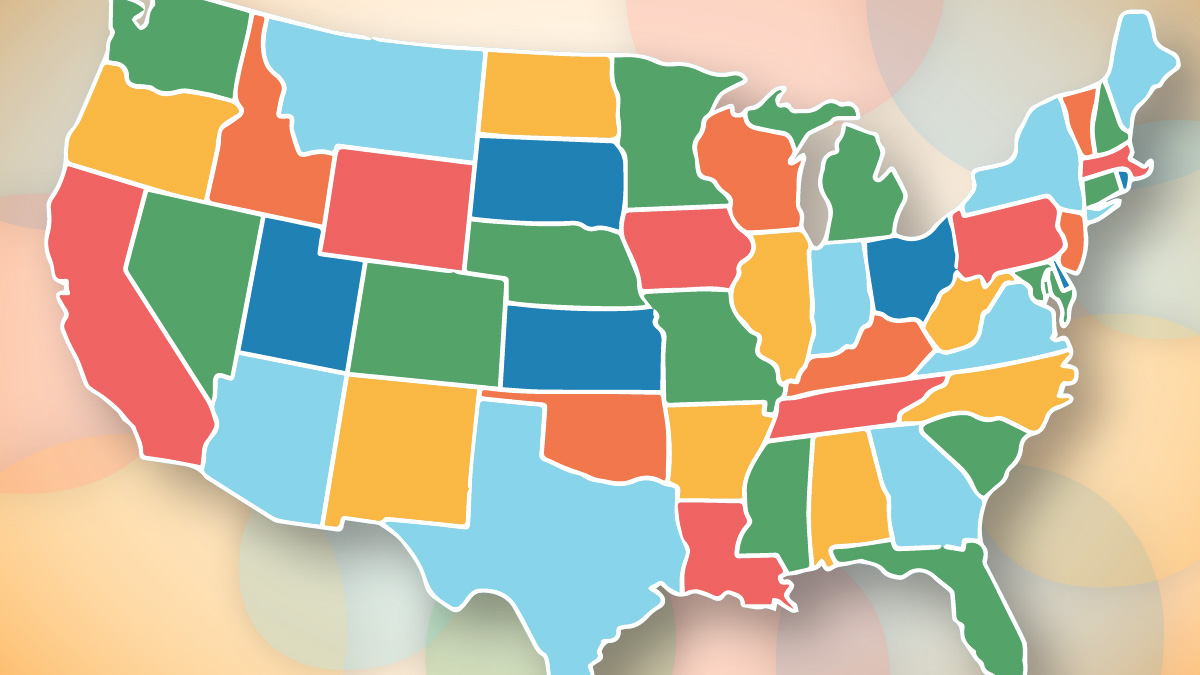
Teacher Autonomy
We asked principals from across the nation how they encourage teacher autonomy.
Topics: Teacher Effectiveness
How do you encourage teacher autonomy?

Making goals. I encourage [their professional goals] to be anything they believe will help them and their students grow. When teachers ask about trying something, I approach it with cognitive coaching and support with a plan for trying it.
—Jeremy Engebretson (@jengebretson75), Raven Stream Elementary School, New Prague, Minnesota
Exploring new ideas. I often use the saying “You do you.” If my teachers are excited about what they are teaching and how they are teaching, my students are going to be more engaged and successful in their learning. Teachers will reach out to me about ideas they want to try. I’ll listen, ask some questions, and then ask, “How can I help?”
—Katy Kennedy (@ForsythKaty), Washington Middle School, Glendive, Montana


Giving teachers a voice. Encouraging teacher autonomy is imperative to a teacher “owning” their classroom environment. Teacher voice in design, curriculum, and systems matters.
—Jennifer Pimentel, Lana’i High and Elementary School, Lana’i City, Hawaii
Let teams create lessons. Allowing grade level teams to work together to build lessons. We require they follow the prescribed curriculum but give teachers freedom within that.
—Cris Edwards (@RCES_Principal), Richland County Elementary School, Olney, Illinois


One goal, many paths. No two teachers are alike. We don’t expect every teacher to have the exact same philosophy or teaching style. There’s an understanding and trust that there are many different ways we can get to our shared, desired goal of student wellness and achievement.
—Brad Luce (@5luce), Centennial Elementary School, Utica, Nebraska
Authority in instruction. Teachers need to have the autonomy to plan, design, and deliver lessons and interventions, as well as design their classroom space, routines, and procedures.
—Ashley Hoggatt, D.D. Kirkland Elementary School, Oklahoma City, Oklahoma


Collaborating within the standards. Teachers have autonomy in our district for lesson development and development of common assessments in collaboration with co-teachers [and] centered on the standards.
—Carmen Maring (@Dr_Maring), Gull Lake Middle School, Kalamazoo, Michigan
Support and encouragement. We encourage teachers to take care of as much as possible in the classroom. However, we are there to support them. Teachers are encouraged to try new things in their classrooms to support student engagement, develop relationships, and build school culture.
—Nathaniel Waller Martin (@EEECEnterprise), Brookwood Elementary School, Enterprise, Alabama


Setting goals. We use Marshall’s teacher evaluation process, which includes beginning-, middle-, and end-of-the-year goal meetings. These conversations help uncover what teachers are passionate about in terms of instruction, student behavior, and social-emotional growth. My goal is to support them and find ways to incorporate these ideas into their instruction.
—Jessica Zimmer (@Mrs_J_Zimmer), Shelter Rock Elementary School, Manhasset, New York
Support and encouragement. We encourage teachers to take care of as much as possible in the classroom. However, we are there to support them. Teachers are encouraged to try new things in their classrooms to support student engagement, develop relationships, and build school culture.
—Nathaniel Waller Martin (@EEECEnterprise), Brookwood Elementary School, Enterprise, Alabama


See the big picture. Document units, not every single lesson. Presume positive intentions, and coach, don’t catch.
—Delaney Rosenberg, Ellis School, Fremont, New Hampshire
Avoiding micromanagement.
I believe it is important to not micromanage professionals. I encourage teacher autonomy by building trust, valuing their expertise, and giving them flexibility to adapt lessons while aligning with school goals.
—Nicole Manning, West Springfield Middle School, West Springfield, Massachusetts


Modeling fearlessness. Teachers must know that it is OK to take a risk. Creative ideas from our teachers are going to take student achievement to the next level. Principals, as instructional leaders, must model this fearless approach to education as they build the culture to take risks.
—Jennifer Brown (@jbrownprincbela), Bellefonte eLearning Academy, Bellefonte, Pennsylvania
Engendering trust. By listening, building relationships, keeping communication strong and clear, and fostering an environment of trust. Teachers need to know that they are trusted to make the best decisions for students in the classroom.
—Raegon Clutz (@RaegonClutz), Pangborn Elementary School, Hagerstown, Maryland


